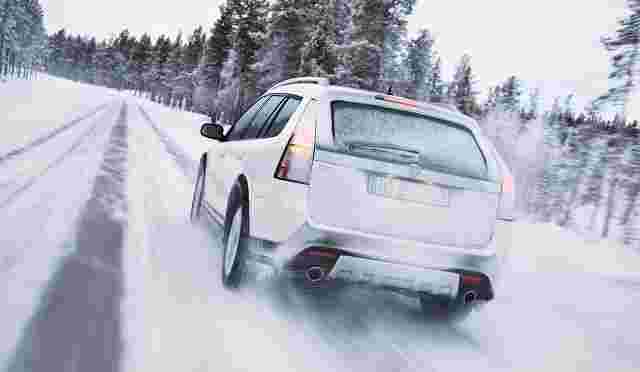Expert Tips & New Connected-Car Tech to Make Winter Driving Safe
25 Nov 2015 by Pedro Aristes in Cars, Cars, General, Home, Pleasure, Products, Speed

The next two months are the busiest time on the roads for Americans – more than 82% of consumers will travel to the mall and an estimated 100 million are expected to head out of town as gas prices reach its lowest during the holiday season since 2008. Below are some safety tips from the National Highway Traffic Safety Administration and an overview of the latest connected-driving technologies from Hum by Verizon.
Before drivers hit the road this season is when to prepare for icy roads, cold conditions and winter-weather emergencies. By taking a few proactive car-prepping steps and making sure the car is safe and connected – drivers will have peace-of-mind all season long.
**MEDIA ALERT – WINTER ON THE ROADS**
EXPERT TIPS AND NEW TECH TO MAKE WINTER DRIVING SAFE
What: Whether a short drive on the parkway or a long haul road trip, travelers need to stay protected while “dashing through the snow.”
The Federal Highway Commission estimates that more than 116,000 Americans are injured and over 1,300 are killed on snowy, slushy or icy pavement every winter.
The best way to combat the winter-driving hazards is to prepare before they even happen. Consumers can take action now by following tips from the National Highway Traffic Safety Administration – and leveraging new connected car technology to make sure they’re safe, prepared and ready to take-on the winter roads!
Winter Driving Tips from the NHTSA:
1. Pack Kitty Litter in your Prep Kit: Emergencies do happen, so be prepared for any winter driving delays or roadside incidents by packing the essentials – like a shovel, protein bars and blankets – in addition to supplies like kitty litter which can help get your vehicle un-stuck in icy road conditions.
2. Get to Know Your Car – Especially If You’re Renting: Whether your car is new, rented or has been a member of the family for quite some time – spend a few minutes testing your brakes on icy pavement, understanding where hazard lights are located and review the owner’s manual for other vehicle-specific hints.
3. Messy Mats Can Cause Mega-Problems: Improperly installed floor mats, especially during inclement weather, can greatly impact the driver’s ability to break or accelerate – or worse, cause accidents. Double-check that mats are installed properly and won’t move or lose position in the winter months.
4. Check Your Lifelines: Colder temperatures can put a strain on your car battery – as it takes more power to start-up your vehicle. Have your Mechanic check your battery for sufficient voltage. In addition, keep an eye on your cooling system – as coolant can expand in colder temperatures and damage your engine.
5. Get Your Tires Winter-Ready: Replace summer or all-season tires with a set of dedicated winter tires that have tread patterns and rubber compounds specially designed to grip snow and ice, for optimum traction on slick roads.
In addition to proactive prep, make sure you’re always connected so help is just a button-push away when you need it most this winter.
– Whether your car is new or old, self-installed solutions like Hum by Verizon provide drivers with access to information, experts and pinpoint roadside.
– With hum, drivers can talk to live Mechanic experts who can help diagnose car troubles, provide cost estimates and recommend local shops to get the work done.
– In addition, help will be dispatched when you need it most via GPS technology – whether you need help changing a flat during a snowstorm, or need emergency services.








